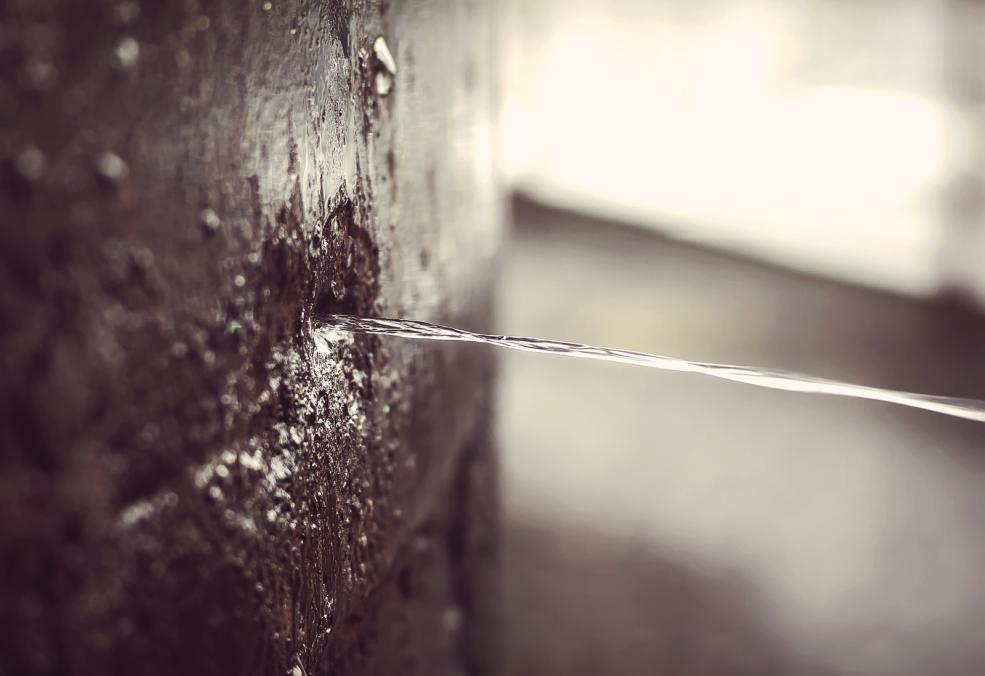How to Check If Your House Has a Surprise Leakage
How to Check If Your House Has a Surprise Leakage
Blog Article
Just how do you really feel when it comes to Top leak detection hacks?

Early detection of dripping water lines can mitigate a prospective disaster. Some little water leaks may not be visible.
1. Take A Look At the Water Meter
Inspecting it is a surefire method that helps you find leakages. If it relocates, that shows a fast-moving leak. This indicates you may have a slow-moving leakage that can also be underground.
2. Inspect Water Consumption
Analyze your water costs and track your water intake. As the one paying it, you should discover if there are any type of inconsistencies. If you find sudden changes, regardless of your intake coinciding, it indicates that you have leaks in your plumbing system. Keep in mind, your water expense need to fall under the same range each month. An abrupt spike in your costs indicates a fast-moving leakage.
A steady increase every month, even with the same habits, reveals you have a slow-moving leakage that's additionally slowly escalating. Call a plumber to completely check your home, especially if you really feel a cozy area on your floor with piping beneath.
3. Do a Food Coloring Test
When it comes to water consumption, 30% comes from commodes. Examination to see if they are running effectively. Drop specks of food shade in the storage tank and wait 10 mins. If the shade somehow infiltrates your bowl during that time without flushing, there's a leak in between the storage tank and also dish.
4. Asses Exterior Lines
Don't neglect to check your outdoor water lines too. Test faucets by affixing a garden hose. Ought to water seep out of the connection, you have a loosened rubber gasket. Change this and make sure all connections are limited. If you have actually obtained a sprinkler system, it will certainly assist get it skillfully analyzed and kept each year. One little leak can waste lots of water as well as increase your water bill.
5. Evaluate the circumstance as well as evaluate
Homeowners ought to make it a behavior to inspect under the sink counters as well as even inside cupboards for any kind of bad odor or mold and mildew development. These 2 red flags indicate a leakage so punctual interest is needed. Doing routine evaluations, even bi-annually, can save you from a major issue.
Examine for discolorations as well as compromising as the majority of devices as well as pipelines have a life expectancy. If you think dripping water lines in your plumbing system, do not wait for it to escalate.
Early discovery of leaking water lines can minimize a possible catastrophe. Some small water leakages may not be visible. Inspecting it is a surefire method that assists you find leakages. One little leak can squander tons of water and also surge your water expense.
If you believe leaking water lines in your plumbing system, do not wait for it to rise.
WARNING SIGNS OF WATER LEAKAGE BEHIND THE WALL
PERSISTENT MUSTY ODORS
As water slowly drips from a leaky pipe inside the wall, flooring and sheetrock stay damp and develop an odor similar to wet cardboard. It generates a musty smell that can help you find hidden leaks.
MOLD IN UNUSUAL AREAS
Mold usually grows in wet areas like kitchens, baths and laundry rooms. If you spot the stuff on walls or baseboards in other rooms of the house, it’s a good indicator of undetected water leaks.
STAINS THAT GROW
When mold thrives around a leaky pipe, it sometimes takes hold on the inside surface of the affected wall. A growing stain on otherwise clean sheetrock is often your sign of a hidden plumbing problem.
PEELING OR BUBBLING WALLPAPER / PAINT
This clue is easy to miss in rooms that don’t get much use. When you see wallpaper separating along seams or paint bubbling or flaking off the wall, blame sheetrock that stays wet because of an undetected leak.
BUCKLED CEILINGS AND STAINED FLOORS
If ceilings or floors in bathrooms, kitchens or laundry areas develop structural problems, don’t rule out constant damp inside the walls. Wet sheetrock can affect adjacent framing, flooring and ceilings.
https://www.servicemasterbyzaba.com/blog/how-to-detect-water-leakage-in-walls/

As a person who reads about Leaking water lines, I thought sharing that portion was really helpful. Liked our blog entry? Please share it. Help other people discover it. Thanks a bunch for your time. Don't hesitate to visit our website back soon.
Report this page